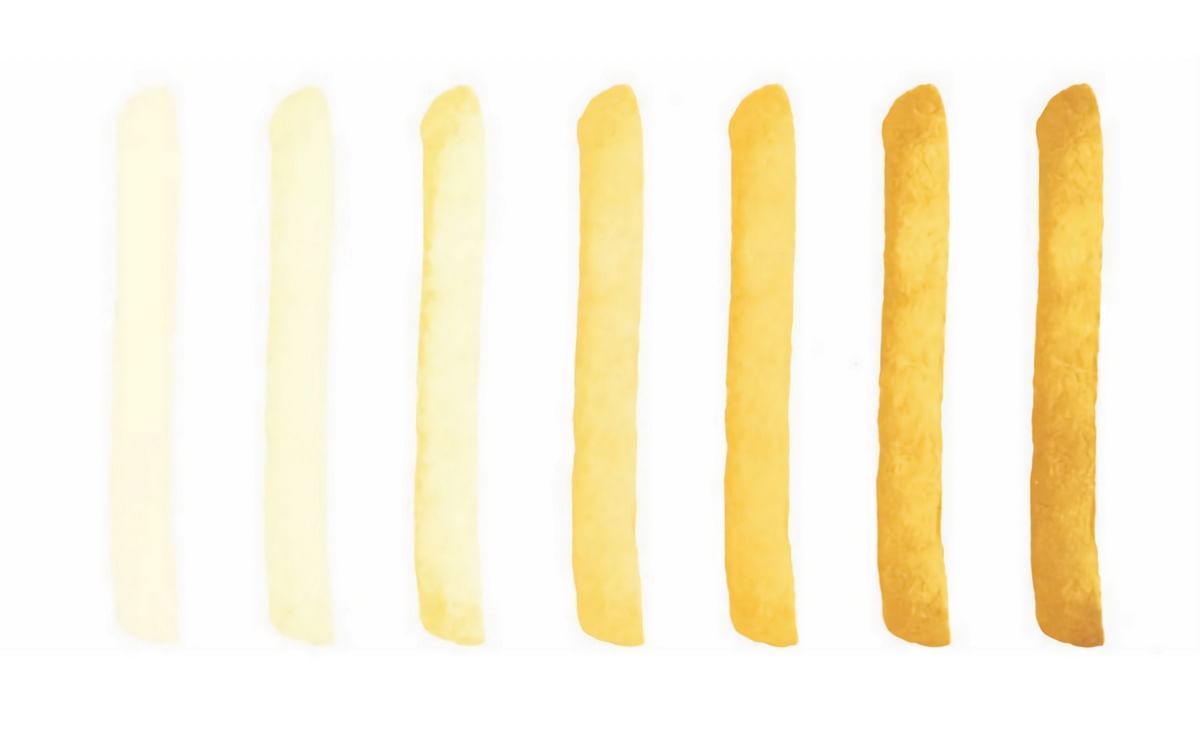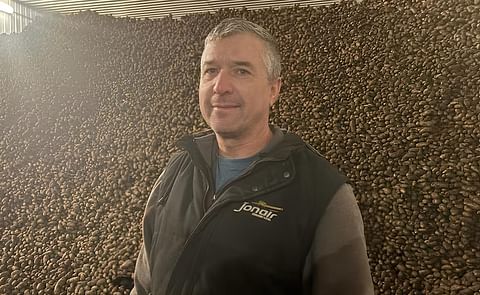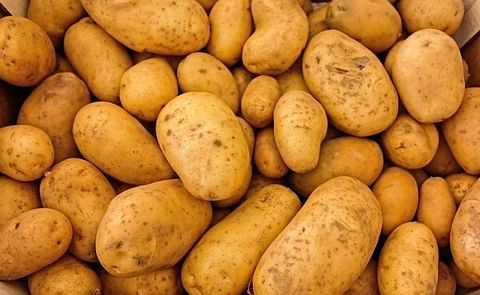The role of vision in flavor: 'Seeing the flavor of Foods'
The role of vision in flavor: 'Seeing the flavor of Foods'

The eyes sometimes have it, beating out the tongue, nose and brain in the emotional and biochemical balloting that determines the taste and allure of food, according to a scientist speaking at the 245th National Meeting &Exposition of the American Chemical Society (ACS).
At the world’s largest scientific society, he described how people sometimes “see” flavors in foods and beverages before actually tasting them.
“There have been important new insights into how people perceive food flavors,” said Terry E. Acree, Ph.D. “Years ago, taste was a table with two legs — taste and odor. Now we are beginning to understand that flavor depends on parts of the brain that involve taste, odor, touch and vision. The sum total of these signals, plus our emotions and past experiences, result in perception of flavors, and determine whether we like or dislike specific foods.”
Acree said that people actually can see the flavor of foods, and the eyes have such a powerful role that they can trump the tongue and the nose. The popular Sauvignon Blanc white wine, for instance, gets its flavor from scores of natural chemicals, including chemicals with the flavor of banana, passion fruit, bell pepper and boxwood. But when served a glass of Sauvignon Blanc tinted to the deep red of merlot or cabernet, people taste the natural chemicals that give rise to the flavors of those wines.
The sense of smell likewise can trump the taste buds in determining how things taste, said Acree, who is with Cornell University. In a test that people can do at home, psychologists have asked volunteers to smell caramel, strawberry or other sweet foods and then take a sip of plain water;the water will taste sweet. But smell bread, meat, fish or other non-sweet foods, and water will not taste sweet.
While the appearance of foods probably is important, other factors can override it. Acree pointed out that hashes, chilies, stews and cooked sausages have an unpleasant look, like vomit or feces. However, people savor these dishes based on the memory of eating and enjoying them in the past. The human desire for novelty and new experiences also is a factor in the human tendency to ignore what the eyes may be tasting and listening to the tongue and nose, he added.
Acree said understanding the effects of interactions between smell and vision and taste, as well as other odorants, will open the door to developing healthful foods that look and smell more appealing to finicky kids or adults.











